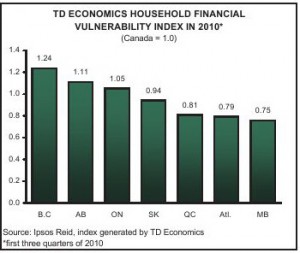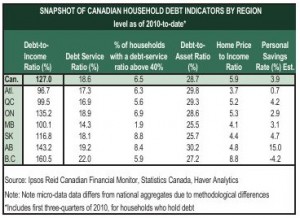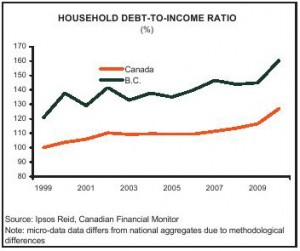Canada Mortgage and Housing Corporation (CMHC) Sees Home Starts Stabilizing in 2011 and 2012
This article appeared on The Daily Commercial News and Construction Record on February 21st, 2011.
Canada’s national housing agency says the pace of new-home construction will stabilize in 2011 and 2012 after trending lower at the end of last year.
Canada Mortgage and Housing Corp. predicts between 157,000 and 192,000 new housing units will be built this year, with the number remaining virtually the same in 2012. In its first quarter housing market outlook, released Feb. 17 it said economic growth and lower unemployment will prop up the need for new homes.
“This, in conjunction with relatively low mortgage rates, will continue to support demand for new homes. Housing starts will remain in line with long-term demographic fundamentals over the course of 2011 and 2012,’’ Bob Dugan, chief economist for CMHC said.
Dugan said listing prices are expected to keep pace with increases in inflation.
The corporation said sales of existing homes should be in the range of 398,000 and 485,000 this year.
In its January figures, CMHC said Canada was on track to build 170,400 units of housing this year, about 10 per cent less than in 2010.
The housing market was unusually active in late 2009 and early 2010 due to a catch-up from the recessionary levels in late 2008 and early 2009 and historically low interest rates that kept the cost of borrowing low.
The real estate market kicked off last year on a tear as buyers rushed into the market in advance of higher interest rates, new mortgage rules and a new harmonized tax regime in two provinces.



